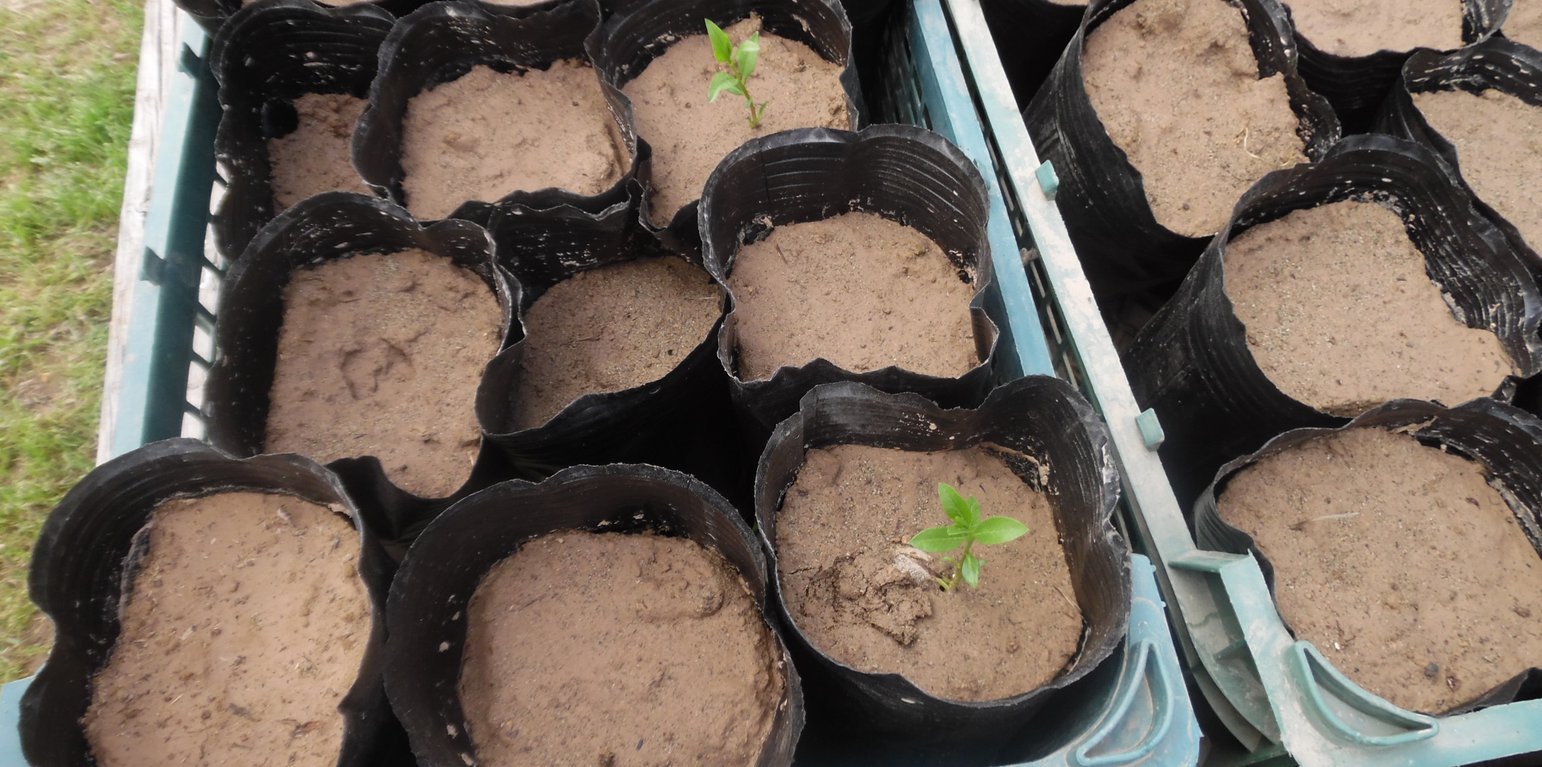



The availability of high-quality and drought-resistant fruit tree saplings is a major constraint to establishing agroforestry plots in the extremely dry agrolandscapes of Southern Tajikistan. While productive, these trees - Almonds, Apricots and Peaches - planted in agroforestry systems can help fight desertification through stabilizing slopes and reducing soil erosion. The FAO/GEF financed CACILM2 project promotes the establishment of backyard nurseries through farmer groups, formed in the targeted districts. The FAO project has coached women's group members to establish nurseries in their kitchen gardens. Season-long training workshops were held for groups of farmers (dominated by women) starting from the selection of better adapted, more productive, drought-resistant varieties. Training was also given on planting/transplanting, grafting, applying fertilizers and preparation of seedlings for transplantation. Farmer groups members have established nurseries in their kitchen gardens on plots of 200-300 square metres: each square metre can produce 20-30 grafted seedlings.
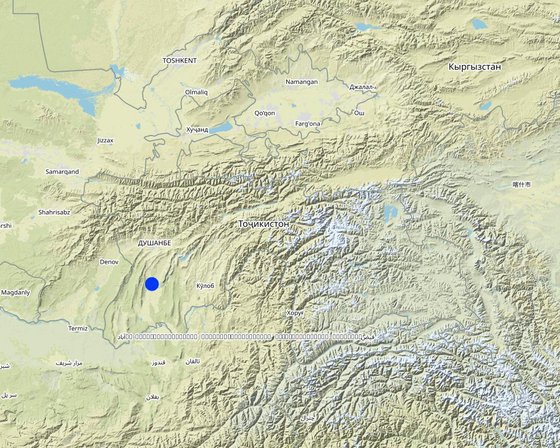
Location: Mushkurut village, Khatlon region, A. Jomi district, Tajikistan
No. of Technology sites analysed: 2-10 sites
Spread of the Technology: evenly spread over an area (approx. < 0.1 km2 (10 ha))
In a permanently protected area?: No
Date of implementation: less than 10 years ago (recently)
Type of introduction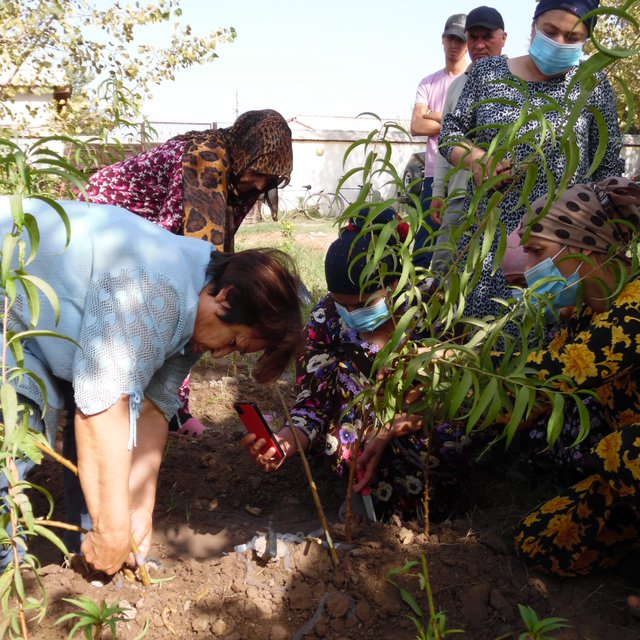
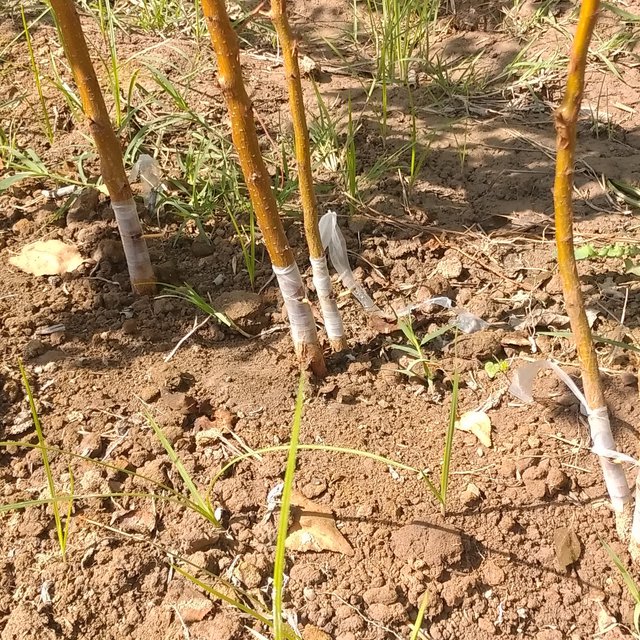





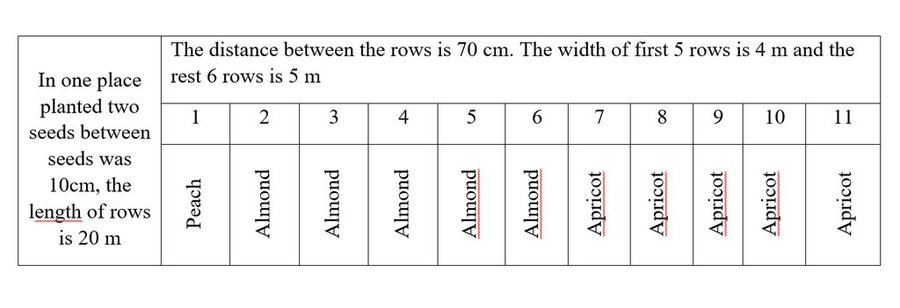
| Specify input | Unit | Quantity | Costs per Unit (USD) | Total costs per input (USD) | % of costs borne by land users |
| Labour | |||||
| Plowing of the land by hand, preparing the rows for the planting and planting seeds by hand | man days | 2.5 | 50.0 | 125.0 | 100.0 |
| Inter row cultivation and manual weeding | man days | 1.8 | 30.0 | 54.0 | 100.0 |
| Two times application of fertilizers, by hand | man days | 1.0 | 10.0 | 10.0 | 100.0 |
| Grafting | man days | 1.4 | 50.0 | 70.0 | |
| Equipment | |||||
| Grafting tools | set | 1.0 | 20.0 | 20.0 | |
| Plant material | |||||
| Seed of almond, apricot and peach | kg | 11.3 | 10.0 | 113.0 | |
| Fertilizers and biocides | |||||
| Mineral fertilizers | kg | 45.3 | 0.7 | 31.71 | |
| Other | |||||
| Monitoring and providing consultations | man days | 0.5 | 50.0 | 25.0 | |
| Recording the activities realization in the field book | man days | 1.0 | 20.0 | 20.0 | 100.0 |
| Arranging of training on backyard nursery | man days | 1.0 | 50.0 | 50.0 | |
| Total costs for establishment of the Technology | 518.71 | ||||
| Total costs for establishment of the Technology in USD | 518.71 | ||||
| Specify input | Unit | Quantity | Costs per Unit (USD) | Total costs per input (USD) | % of costs borne by land users |
| Labour | |||||
| Inter row cultivation and mannual weeding | man days | 1.8 | 30.0 | 54.0 | 100.0 |
| Two times application of fertilizers, by hand | man days | 1.0 | 10.0 | 10.0 | 100.0 |
| Monitoring and providing consultations | man days | 0.5 | 50.0 | 25.0 | 100.0 |
| Recording the activities realization in the field book | man days | 1.0 | 20.0 | 20.0 | 100.0 |
| Fertilizers and biocides | |||||
| Mineral fertilizers | kg | 45.3 | 0.7 | 31.71 | 100.0 |
| Total costs for maintenance of the Technology | 140.71 | ||||
| Total costs for maintenance of the Technology in USD | 140.71 | ||||
Quantity before SLM: HIgh
Quantity after SLM: Low
The cost of seedlings decreased
Quantity before SLM: Low
Quantity after SLM: High
The income from the kitchen garden increased.
Quantity before SLM: Low
Quantity after SLM: High
The farmers produce drought-resistant seedlings to enhance farmers' resistance to climate change challenges.
Quantity before SLM: low
Quantity after SLM: high
The produced seedlings will help to establish and increase the agroforestry area, and will decrease GHG emissions.